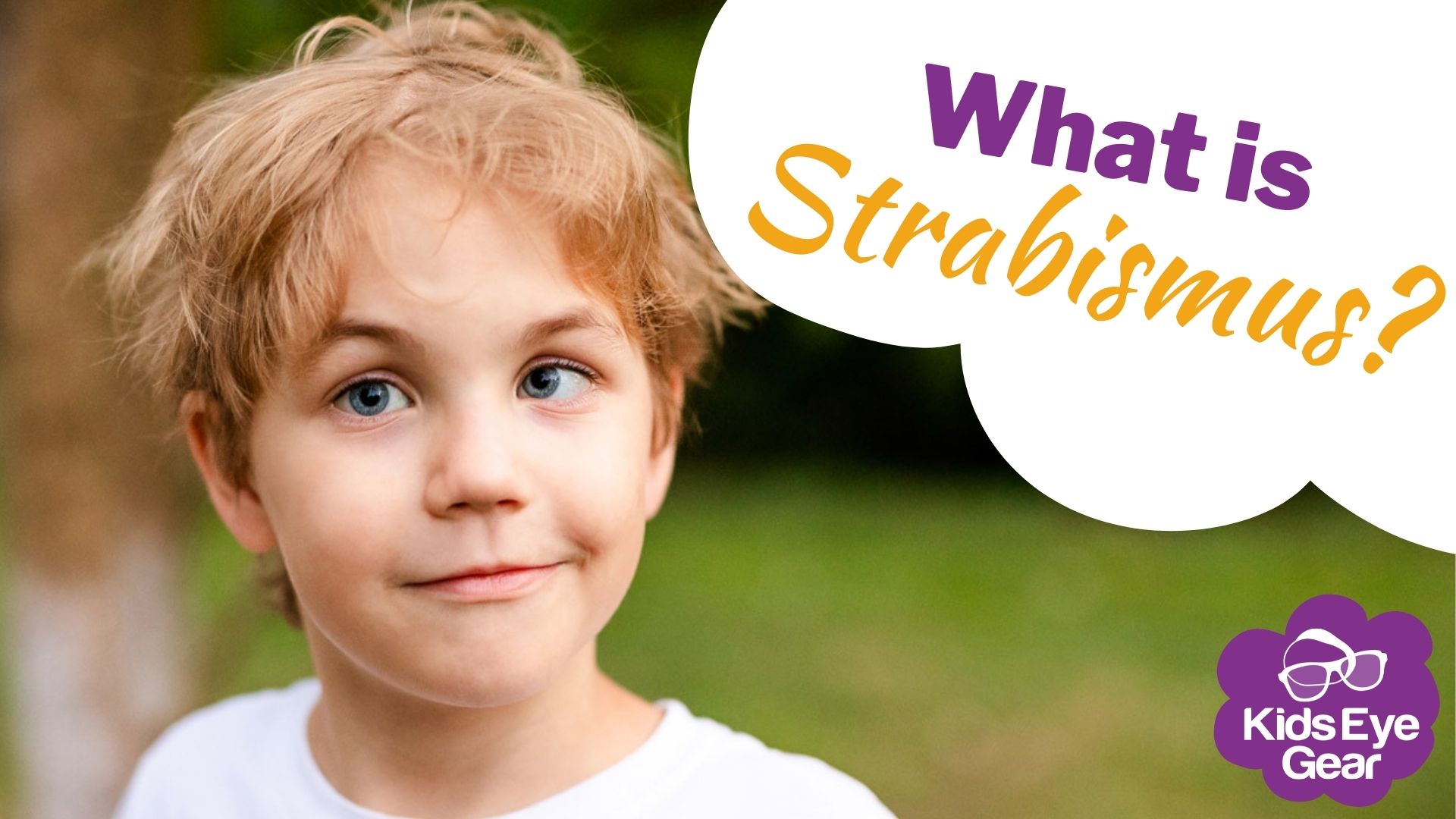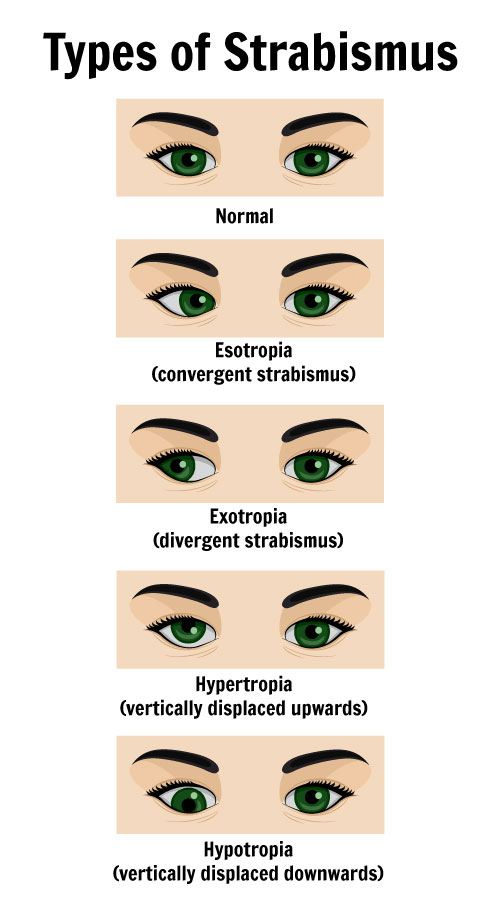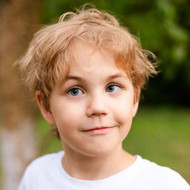What is Strabismus?
6th Sep 2021

Strabismus or Squint?
There are a number of eye conditions that can affect young children – one commonly known is Squint, or by its correct name Strabismus.
Basically, Strabismus is a misalignment of the eyes. Normal alignment is two eyes looking at the same object at the same angle, and the eyes move in sync with each other. When you have strabismus, one eye may look forward, while the other may look slightly upward, downward, inward or outward. It can be all the time or intermittently. You can be born with it or it can develop into adulthood.
There are many different types of strabismus and each is described by the direction of the misalignment.

Types of Strabismus
First up there are horizontal strabismus. Esotropia is inward turning of the eyes – sometimes called crossed eyes. Exotropia is outward turning of the eyes – sometimes called wall-eyed.
Then there are vertical strabismus. Hypertropia is when one eye is higher than the ‘normal’ eye, while hypotropia is when one eye is lower than the ‘normal’ eye.
Strabismus occurs when there is an error in the muscles or nerves that hold the eye in place. This can be neurological or anatomical. The eye is surrounded by 6 muscle points which help hold it in place and control the movement of the eyes. Normal eyes move together in synchronicity. If a muscle is too strong it may be pulling an eye too far in one direction. Alternatively, if a muscle is too weak, it can be causing the eye to align out of place.
How to tell if your child has strabismus
The best indication of strabismus is visually. If your child is staring at you and their eyes don’t seem equally aligned, they may have strabismus. You may think they have a lazy eye, appear cross eyed or they appear to be squinting. Having regular eye tests is a great way for an optometrist to pick up on strabismus. The earlier this is picked up the better the outcome can be for children.
Newborns will often show some intermittent cross eye or lazy eye but grow out of it rather quickly. Regular health checks can determine whether it is just a newborn thing or a more serious vision problem that needs correcting.
Letting strabismus go untreated can lead to other issues, such as amblyopia, and make future treatment less effective. Amblyopia is vision loss, or double vision, due to an eye not working properly. This lazy eye is getting less information from the brain, which means it works less, which can in turn cause the brain to rely on it even less. When one eye is off track, the brain prefers to focus on the good eye, and therefore sends and receives less information from the “lazy eye”. Normally an ophthalmologist will try to correct the amblyopia first before correcting the strabismus. This can be done with vision therapy, glasses, drops and other treatments including patching.
Strabismus Surgery
What can you do about strabismus? There are two main ways to treat strabismus – surgery and vision therapy.
When strabismus is intermittent or a small angle misalignment, vision therapy is often all that is needed to correct vision. Vision therapy takes the form of fun and games for children and can include the use of patches and/or glasses.
For a strabismus that is visible all the time, surgery is the way to go. In surgery, the ophthalmologist will look at the degree of eye misalignment and decide on the best course of action. The surgery is done under general anaesthesia for children. According to the Children’s Hospital of Pittsburgh, Strabismus surgery can take from 45 min up to 2 hours.
What to Expect After Surgery
Don’t expect perfection, especially right away. The quicker the strabismus is treated, the better the results can be. After surgery, your child’s eyes will probably be a bit sore and a bit red. You may even see some blood in the eye, which is nothing to worry about. It will disappear over the next few days. Think of it as a bruise. Glasses, eye patching and vision therapy may be used afterwards to fine tune the eyes, especially in the case of existing amblyopia.
Strabismus around Australia
How big of an issue is strabismus in the eye care world? According to the Centre for Eye Research Australia, it is estimated that between 3 and 5% of the Australian population are affected by strabismus. The condition is typically managed by ophthalmologists and orthoptists.
If you notice a turn in your child's eye it's best to get it checked out, just to make sure strabismus isn't the issue.
Sources :
https://www.allaboutvision.com/conditions/strabismus-surgery.htm

